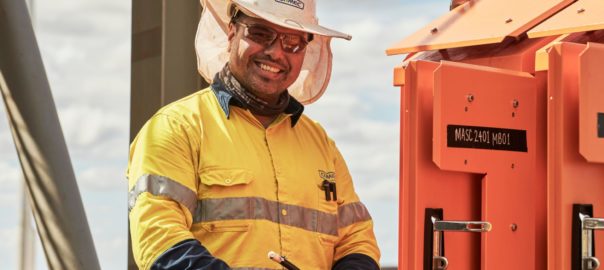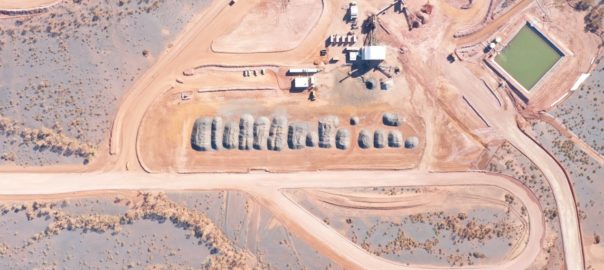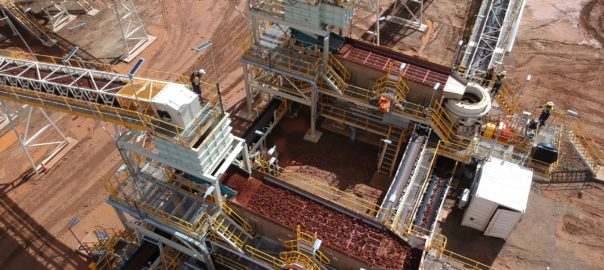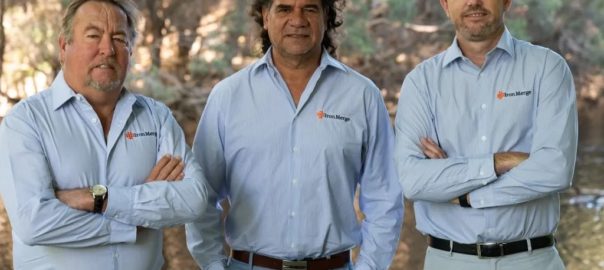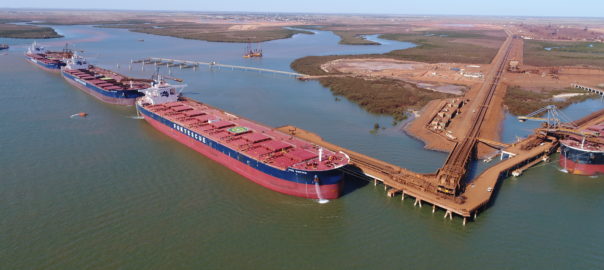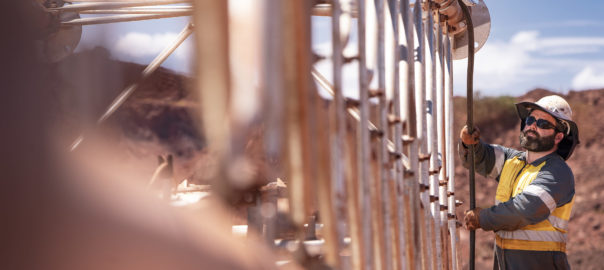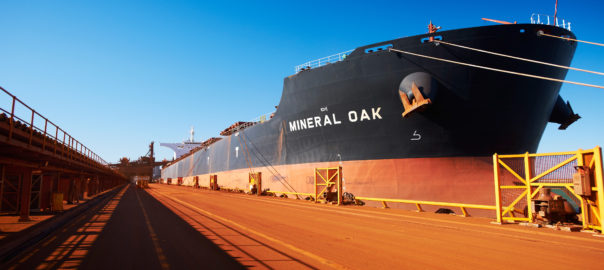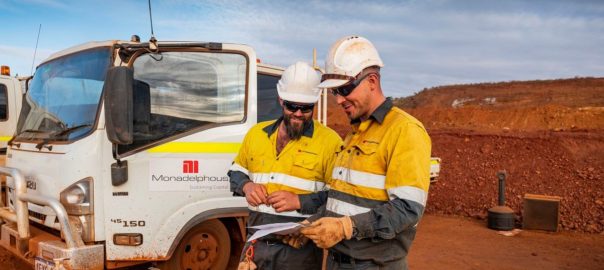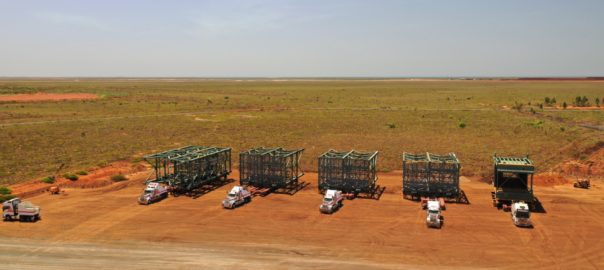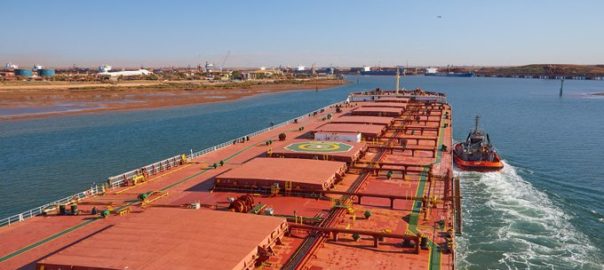Civmec Ltd says it has received three notices of award from several repeat mining customers for maintenance and capital works projects collectively worth approximately A$130 million ($97 million).
These orders – from BHP, Roy Hill and Rio Tinto – bring its total order book to about A$1.05 billion as at September 30, 2021.
For BHP, Civmec is to carry out a civil and earthworks job as part of the miner’s Port De-bottlenecking Project Stage 1, which includes a new stockyard planned for the South Yard at Nelson Point, in Port Hedland, Western Australia.
The scope of work includes dewatering, piling, ground improvement, associated earthworks, concrete foundations, new roads, high voltage poles and underground power works.
Civmec says mobilisation will commence this quarter, with completion expected in the March quarter of 2022.
With Roy Hill, Civmec is due to carry out a greenfield construction package related to an extension of the existing Wet High Intensity Magnetic Separation (WHIMS) plant at Roy Hill’s mine site north of Newman, in Western Australia’s Pilbara region.
The scope of work includes greenfield installation and pre-commissioning of pre-assembled modules, piping, electrical and tie-in works. Mobilisation will commence immediately and completion is scheduled for the March quarter of 2022.
At Rio Tinto’s Boyne Island Smelters operation, Civmec is to supply refractory trades and other associated disciplines for maintenance, rebuild and reduction cell reconstruction works on carbon bake furnaces. The contract term is for three years with two one-year extension options.
Civmec’s Chief Executive Officer, Patrick Tallon, said: “We are delighted to secure these project wins with three of our long-term Tier 1 customers. The projects combine multi-year maintenance works along with two projects within our newly formed Maintenance and Capital Works – Resources and Energy area. With the BHP PDP1 project located in the Port Hedland region, it provides an ideal opportunity for Civmec’s newly opened regional branch to support the project, validating Civmec’s recently announced plans to invest in a purpose-built facility in Port Hedland.”







